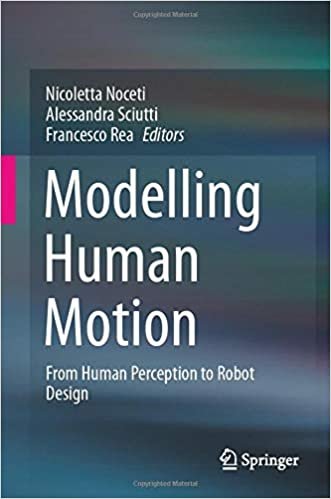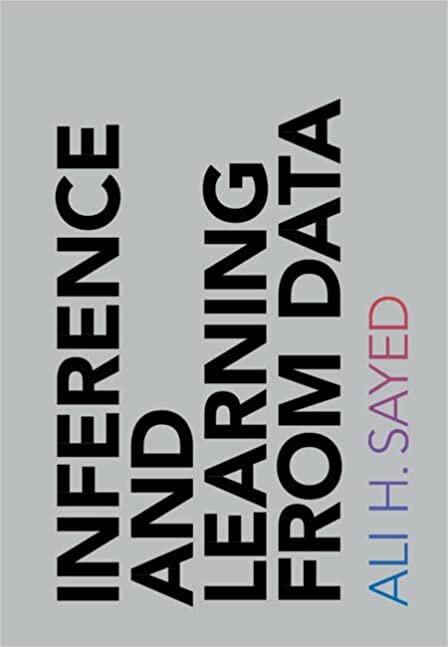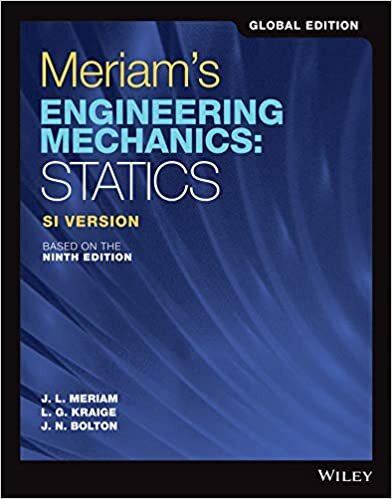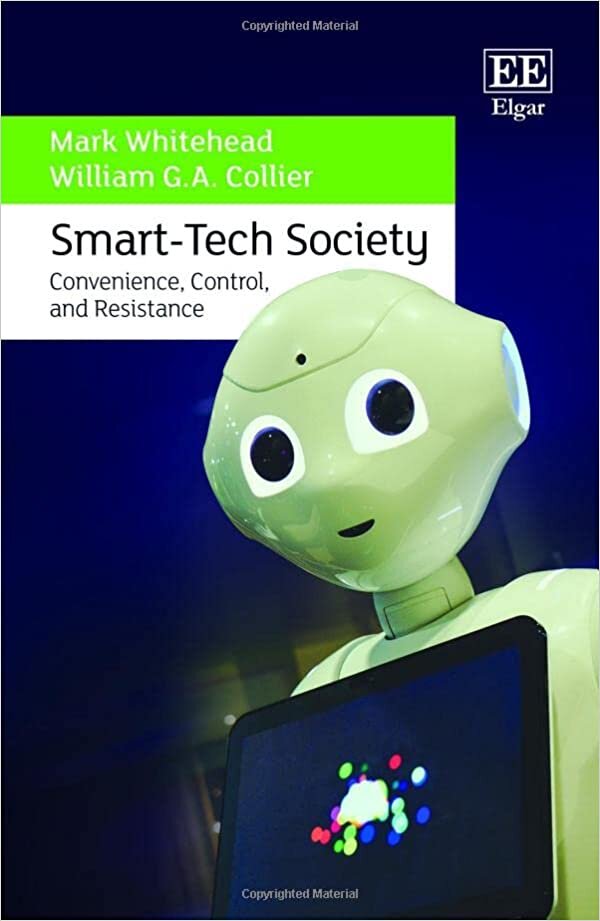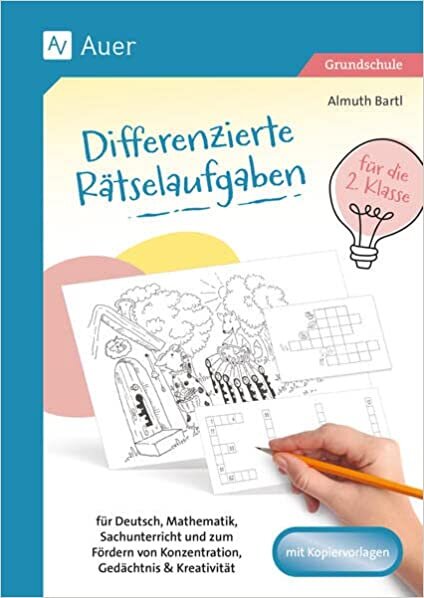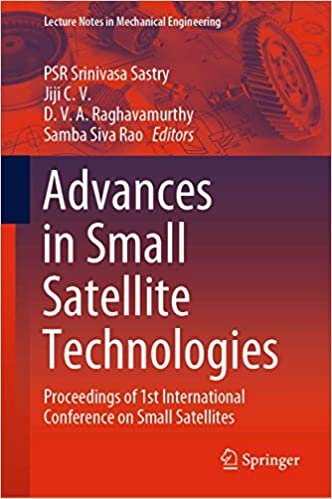Taşınabilir belge biçimi (PDF), birçok platformdan hangisine ve bu belgenin hangi uygulamada oluşturulduğuna bakılmaksızın, yazı tiplerini, görüntüleri ve orijinal belgenin düzenini kaydetmenize izin veren evrensel bir dosya biçimidir, bu kitapların depolanması için idealdir Modelling Human Motion: From Human Perception to Robot Design tarafından Springer; 1st ed. 2020 basım. Adobe PDF formatı, Modelling Human Motion: From Human Perception to Robot Design gibi güvenli bir şekilde korunan elektronik belgelerin ve antetli kağıtların ve kitapların çoğaltılması ve değiştirilmesi alanında tanınan küresel standart olarak kabul edilir. Adobe PDF dosyaları küçük ve bağımsızdır; ücretsiz Adobe Reader® yazılımı ile birlikte çalışma, görüntüleme ve yazdırma olanağı sunar. Adobe PDF biçiminin yayınlama ve yazdırma işlemlerinde kullanılması haklıdır, bu nedenle Modelling Human Motion: From Human Perception to Robot Design kitabını bu biçimde indirmenizi öneririz. Adobe PDF'nin birleştirilmiş (kompozit) bir düzeni kaydetme yeteneği sayesinde, yazdırma personelinin bunlardan test baskılarını görüntüleyebileceği, düzenleyebileceği, sıralayabileceği ve alabileceği kompakt ve güvenilir dosyalar oluşturabilirsiniz. Ayrıca, teknolojik işlemin öngördüğü anda, matbaa dosyayı doğrudan görüntü toplama cihazına gönderebilir ve son işlemeye devam edebilir: baskı öncesi kontrolleri gerçekleştirebilir, yakalayabilir, şeritleri indirebilir veya renk ayrımı yapabilir. Belgeyi PDF formatında kaydederek PDF / X standardına uygun bir dosya oluşturabilirsiniz. PDF / X formatı (taşınabilir belge değişim formatı), yazdırmada zorluklara neden olabilecek birçok renk verisi, yazı tipi ve bindirme kombinasyonunun kullanılmasına izin vermeyen Adobe PDF'nin bir çeşididir. PDF dosyaları baskı öncesi yayınlar için dijital orijinal olarak kullanıldığında, hem düzeni oluşturma aşamasında hem de fotoğraf çıktısı amacıyla (yazılım ve çıktı aygıtları PDF / X formatıyla çalışabiliyorsa) bir PDF / X belgesi oluşturulmalıdır. Modelling Human Motion: From Human Perception to Robot Design kitabındaki çizimlerin parlaklığı için. PDF / X standartları hakkında. PDF / X standartları Uluslararası Standartlar Örgütü (ISO) tarafından onaylanmıştır. Grafik veri alışverişi için geçerlidir. Dönüştürme sırasında PDF dosyasının belirtilen standarda uygunluğu kontrol edilir. PDF belgesi seçilen ISO standardına uymuyorsa, dönüştürmeyi iptal etme ve dönüştürmeye devam etme arasında seçim yapmanızı sağlayan bir mesaj görüntülenir; bu durumda standart olmayan bir dosya oluşturulur. Yayıncılık ve baskıda en yaygın kullanılan çeşitli PDF / X çeşitleridir: PDF / X-1a, PDF / X-3 ve PDF / X-4.
| Yazar | Springer; 1st ed. 2020 basım |
|---|---|
| Yayın Evi | Springer; 1st ed. 2020 basım |
Independently published Türkçe Rusça Book on Demand Ltd. HACHETTE LIVRE-BNF Additional Contributors İspanyolca WADE H MCCREE İngilizce Kolektif Fransızca LAP LAMBERT Academic Publishing ROBERT H BORK Almanca Springer ERWIN N GRISWOLD MDPI AG Gale, U.S. Supreme Court Records
Modelling Human Motion: From Human Perception to Robot Design
| Yazar | Springer; 1st ed. 2020 basım |
|---|---|
| İsbn 10 | 3030467317 |
| İsbn 13 | 978-3030467319 |
| Yayın Evi | Springer; 1st ed. 2020 basım |
| tarafından gönderildi | 7 Eylül 2020 |
The new frontiers of robotics research foresee future scenarios where artificial agents will leave the laboratory to progressively take part in the activities of our daily life. This will require robots to have very sophisticated perceptual and action skills in many intelligence-demanding applications, with particular reference to the ability to seamlessly interact with humans. It will be crucial for the next generation of robots to understand their human partners and at the same time to be intuitively understood by them. In this context, a deep understanding of human motion is essential for robotics applications, where the ability to detect, represent and recognize human dynamics and the capability for generating appropriate movements in response sets the scene for higher-level tasks. This book provides a comprehensive overview of this challenging research field, closing the loop between perception and action, and between human-studies and robotics. The book is organized in three main parts. The first part focuses on human motion perception, with contributions analyzing the neural substrates of human action understanding, how perception is influenced by motor control, and how it develops over time and is exploited in social contexts. The second part considers motion perception from the computational perspective, providing perspectives on cutting-edge solutions available from the Computer Vision and Machine Learning research fields, addressing higher-level perceptual tasks. Finally, the third part takes into account the implications for robotics, with chapters on how motor control is achieved in the latest generation of artificial agents and how such technologies have been exploited to favor human-robot interaction. This book considers the complete human-robot cycle, from an examination of how humans perceive motion and act in the world, to models for motion perception and control in artificial agents. In this respect, the book will provide insights into the perception and action loop in humans and machines, joining together aspects that are often addressed in independent investigations. As a consequence, this book positions itself in a field at the intersection of such different disciplines as Robotics, Neuroscience, Cognitive Science, Psychology, Computer Vision, and Machine Learning. By bridging these different research domains, the book offers a common reference point for researchers interested in human motion for different applications and from different standpoints, spanning Neuroscience, Human Motor Control, Robotics, Human-Robot Interaction, Computer Vision and Machine Learning. Chapter 'The Importance of the Affective Component of Movement in Action Understanding' of this book is available open access under a CC BY 4.0 license at link.springer.com.
